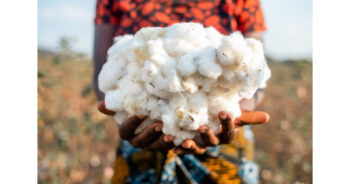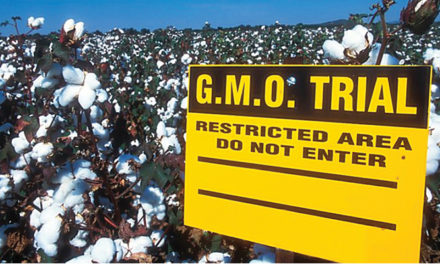 Government procurement of cotton could remain slow even after the new crop season begins in October, as prices of the commodity are expected to remain high, a Government official said, outlining a development that could benefit farmers but hit textile manufacturers. The spot price of cotton has nearly surged back to record levels of Rs. 1 lakh a candy amid a drop in production in major cotton producing countries, including India.
Government procurement of cotton could remain slow even after the new crop season begins in October, as prices of the commodity are expected to remain high, a Government official said, outlining a development that could benefit farmers but hit textile manufacturers. The spot price of cotton has nearly surged back to record levels of Rs. 1 lakh a candy amid a drop in production in major cotton producing countries, including India.
Production estimates of cotton in India have already been cut to 31.5 mn bales for FY23 as production in major cotton producing States such as Maharashtra and Karnataka is set to drop due to pests and heavy rains. Cotton prices globally have been on the surge after the US, one of the largest cotton producing countries, cut its production forecast by 3 mn bales to 12.6 mn bales for FY23.
“The prices will certainly drop from the new season that starts from October. But in the entire next season, I don’t expect any MSP operation (because prices will be elevated). Cotton prices are expected to be well above the MSP,” the Government official said.
“During covid-19 demand was low and that is why 20 mn bales were procured at MSP in those two years. Earlier also cotton procurement has been small,” the official added. However, the government has said that India has sufficient cotton stocks as the total availability of cotton without considering imports is 38 mn bales while consumption stands at 32 mn bales this year.
“The carry-over stock to the next cotton season could be the lowest in many years. But currently the problem is cotton productivity. It has stagnated due to lack of new seeds and frequent pest attacks and diseases,” the official said.
Cotton productivity has remained little changed over the years and averages in the range of 450 kg per hectare to 500 kg per hectare compared with 400 kg per hectare in 2006-07. Meanwhile, the global average of cotton productivity stands at 877 kg per hectare. Experts said that the demand for cotton had jumped sharply this year but the production fell over 20 percent, which led to a surge in cotton prices.
Textiles form a significant part of the free trade agreements (FTA) that India is negotiating with countries such as the UK and EU. A duty cut for Indian textile products could make Indian exports more competitive and at par with countries such as Bangladesh and Vietnam.
Industry representatives also expect textile demand from India to rise on account of the FTA signed with the UAE and the one being negotiated with Australia. A query sent to the Textile Ministry remained unanswered at press time.
Textile secretary UP Singh had earlier said India used to have 5 to 6 mn bales in surplus but that this surplus has been falling every year. Besides, the Indian industry had a 10 percent price advantage as far as cotton was concerned. “But this is no longer there because our consumption would outstrip production in the very near future,” he added.
Textile Minister Piyush Goyal in a meeting held earlier this month said that all stakeholders must share best practices to boost cotton productivity in India to increase farmer incomes.
The private sector must also contribute to boost research in productivity, farmers‘ education as well as branding to which the government would provide matching support, Goyal had said, according to a statement issued by the Textile Ministry.










